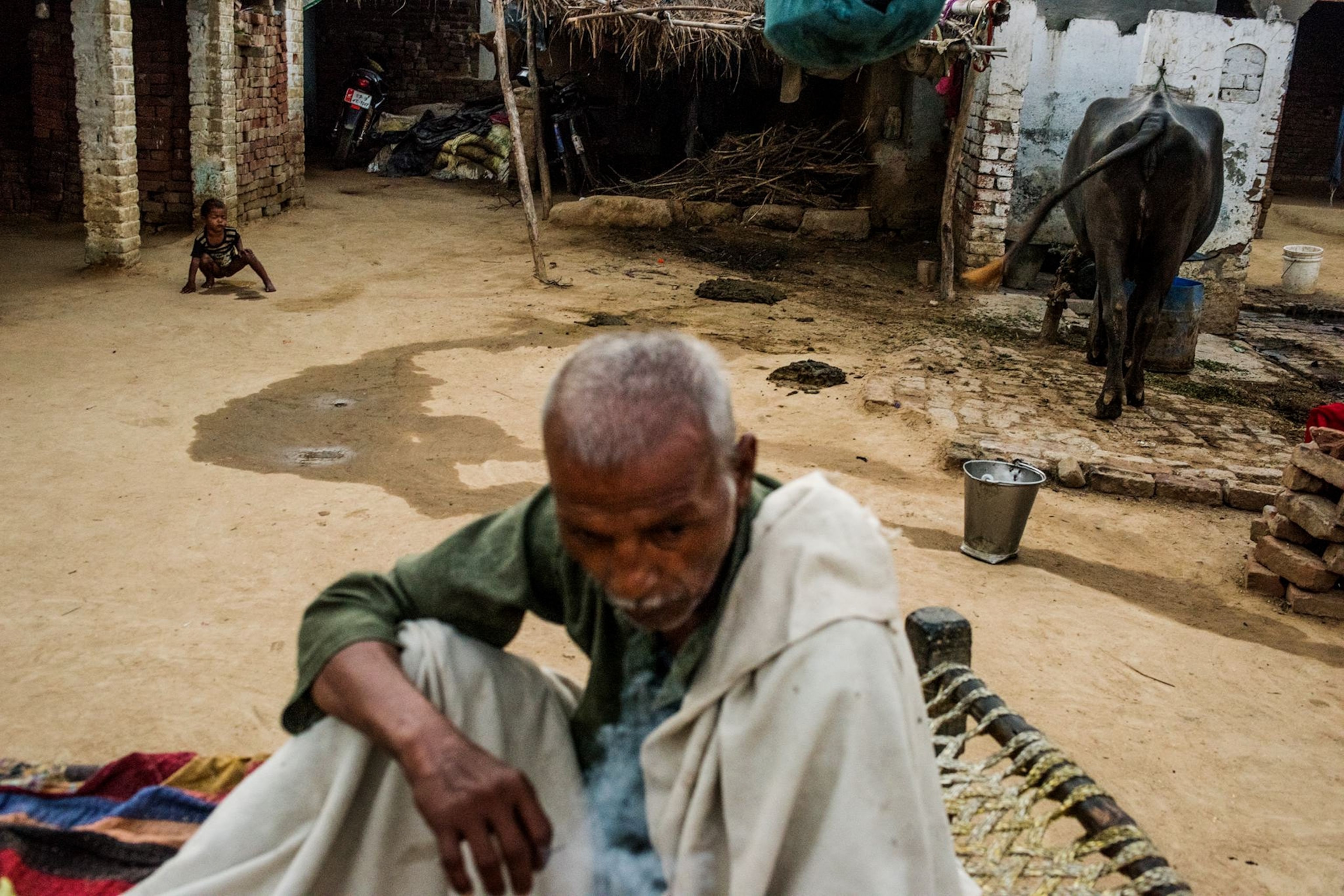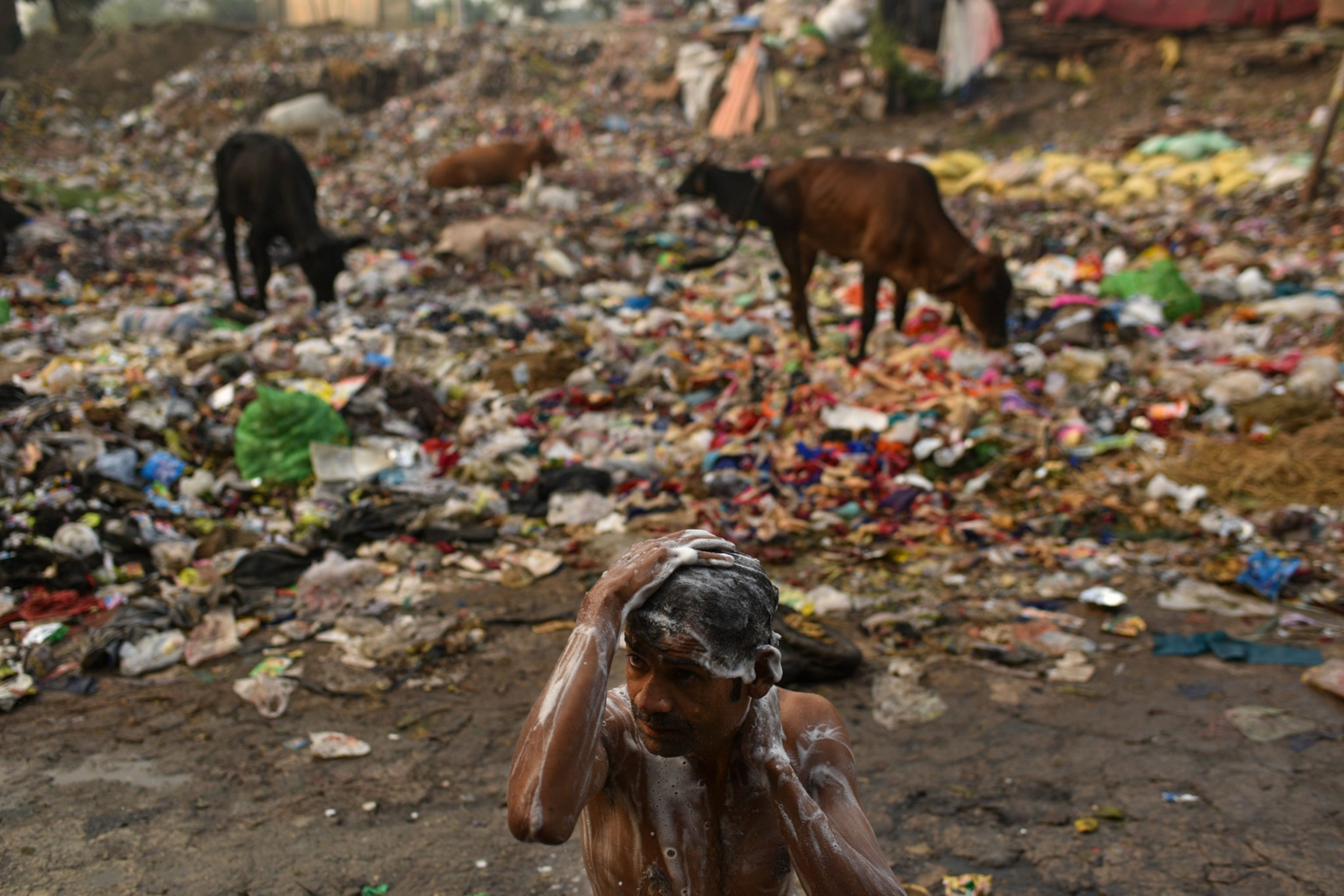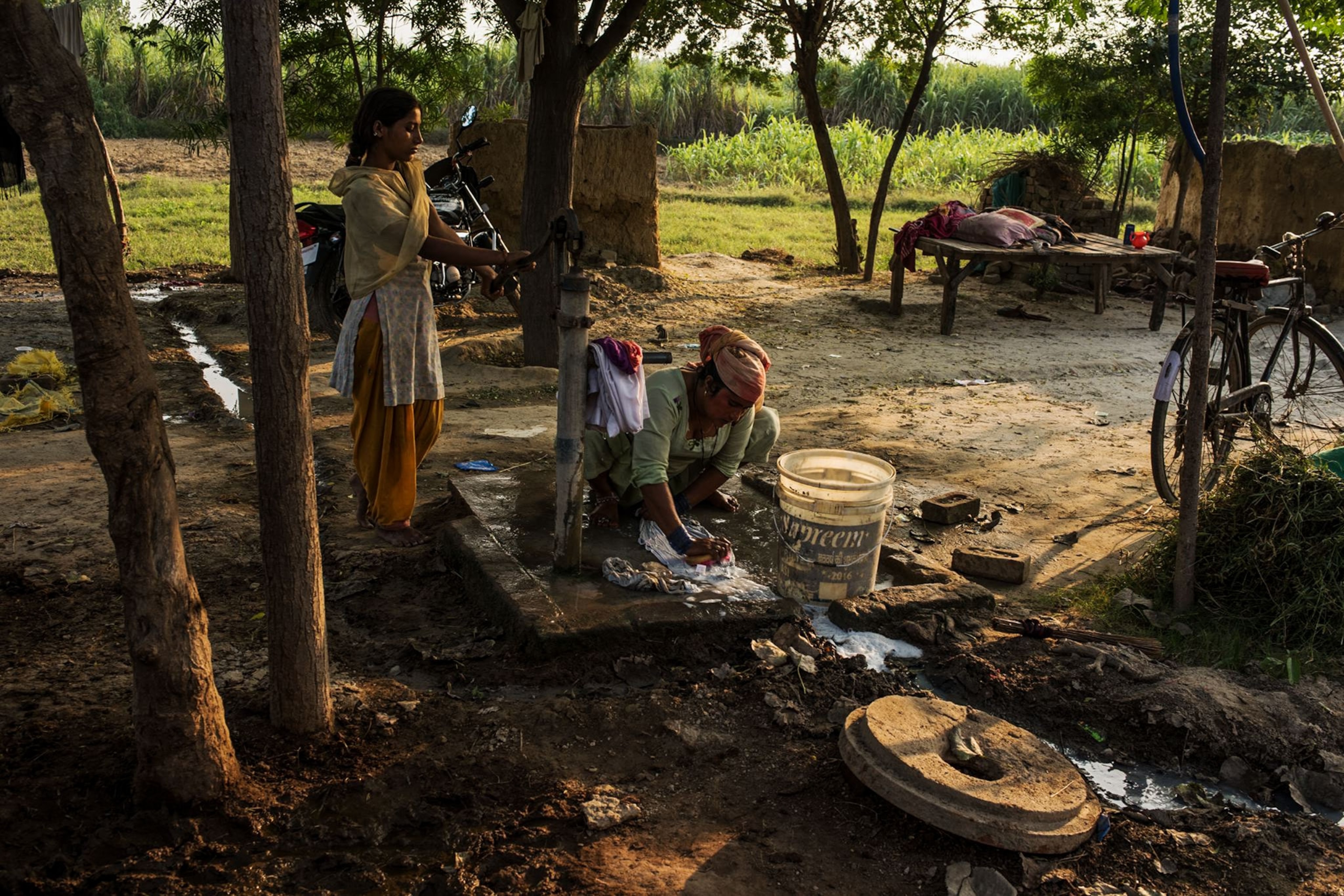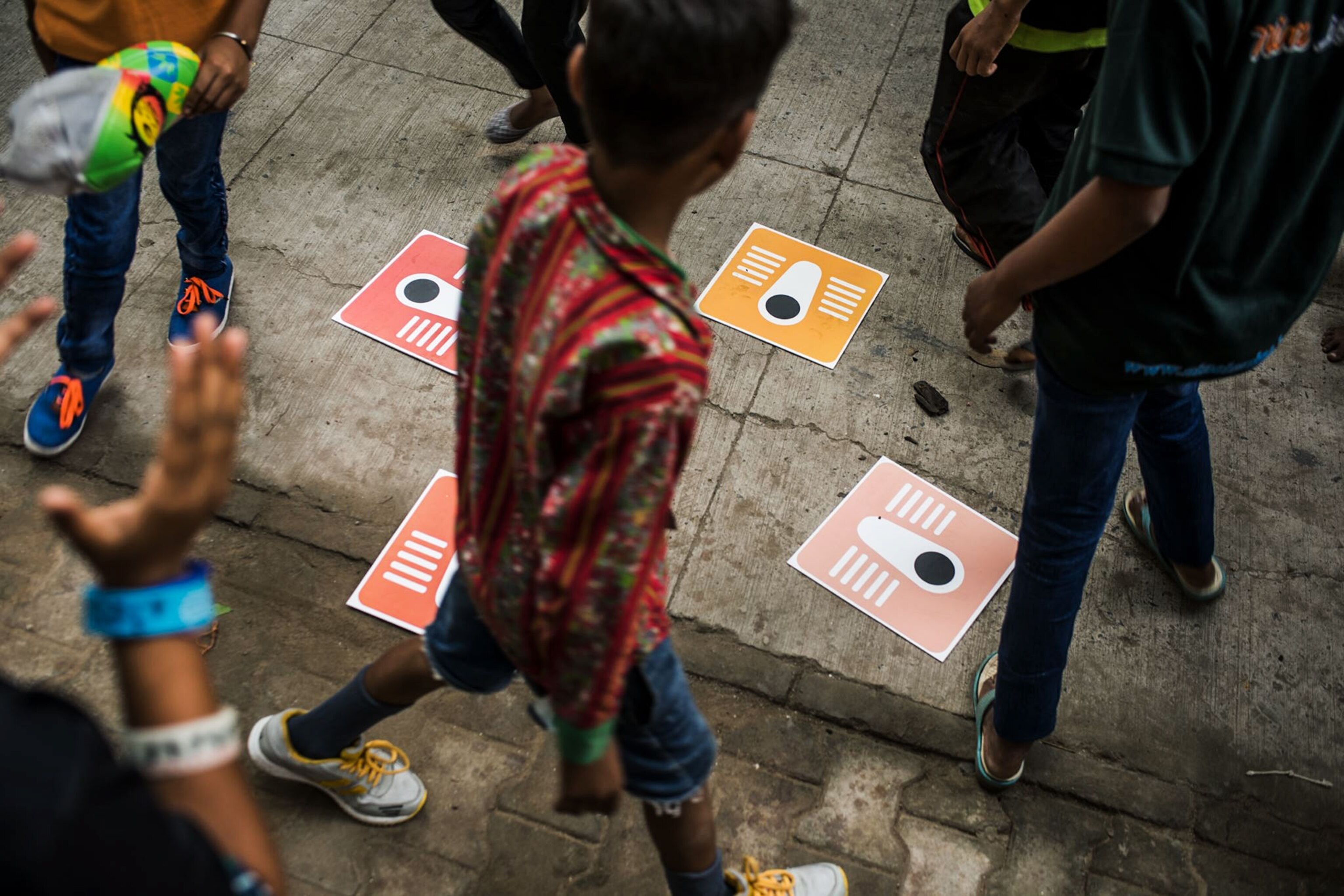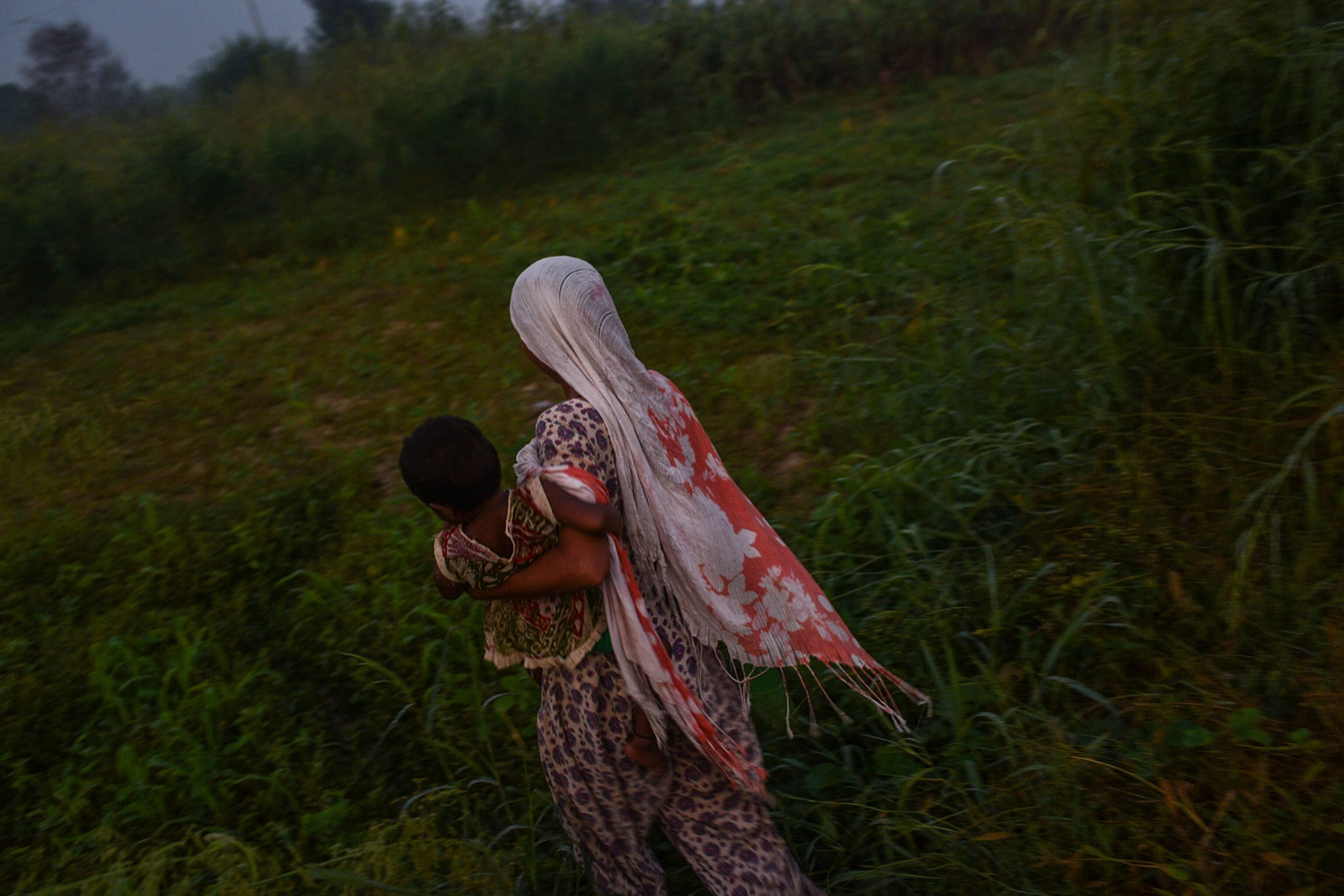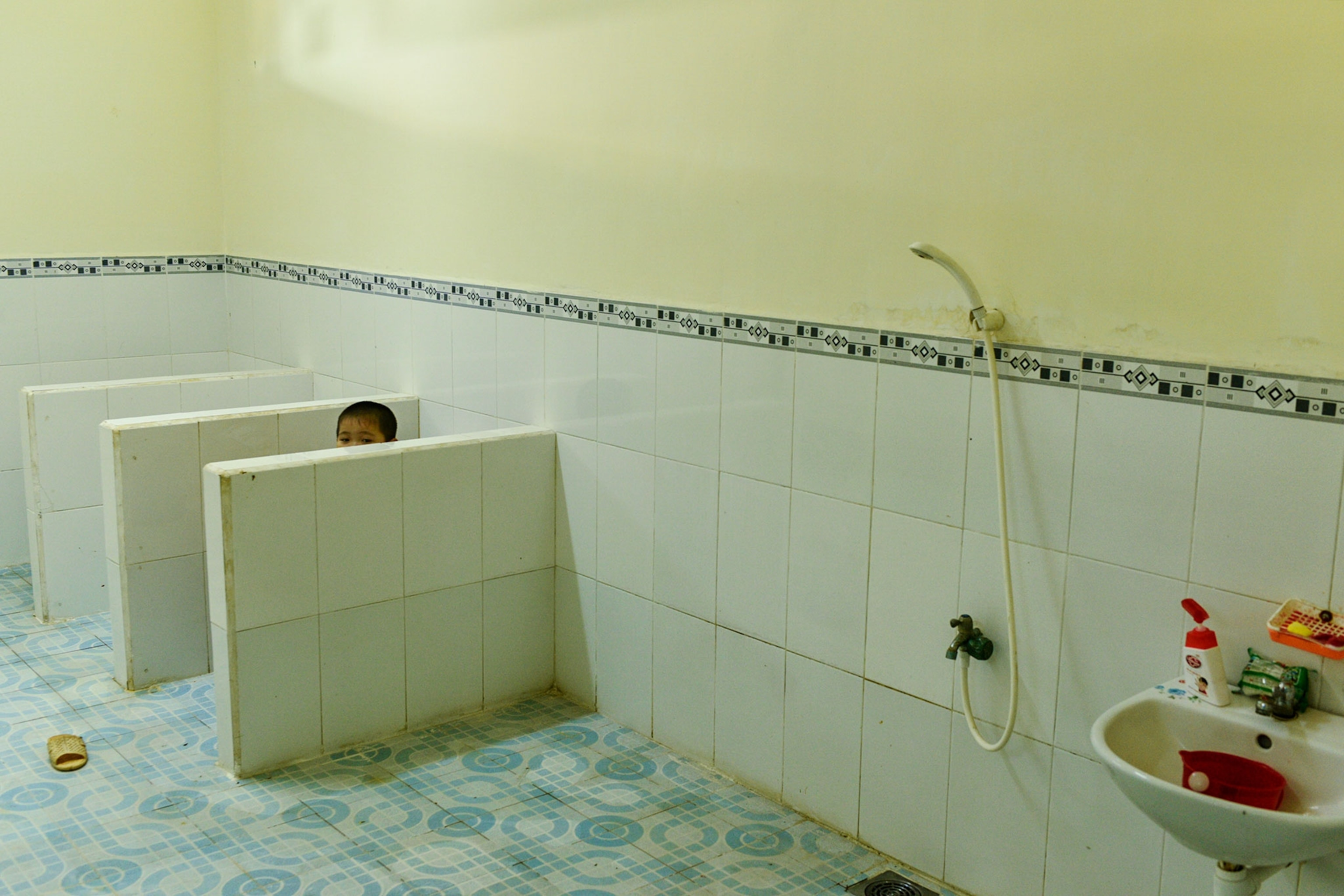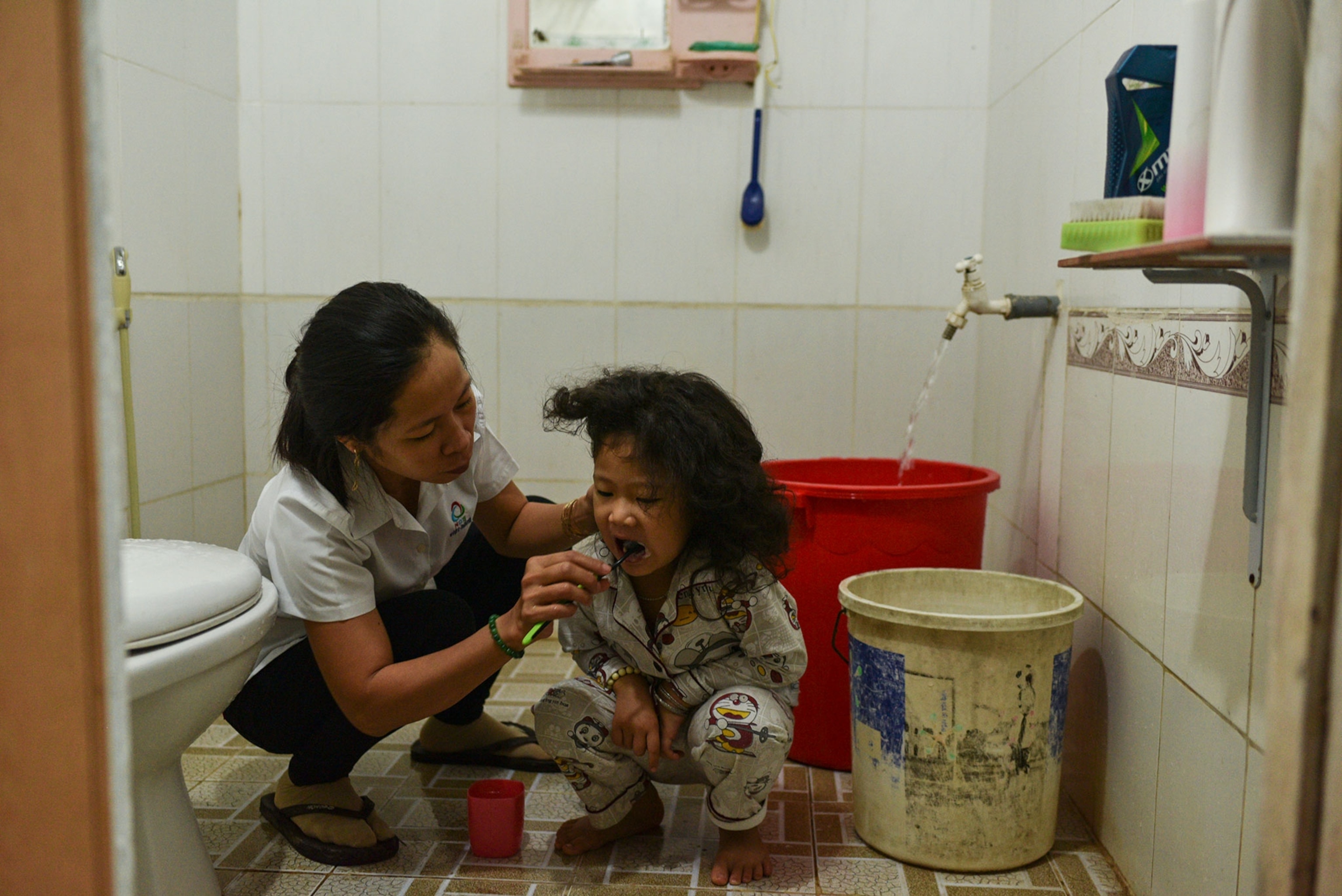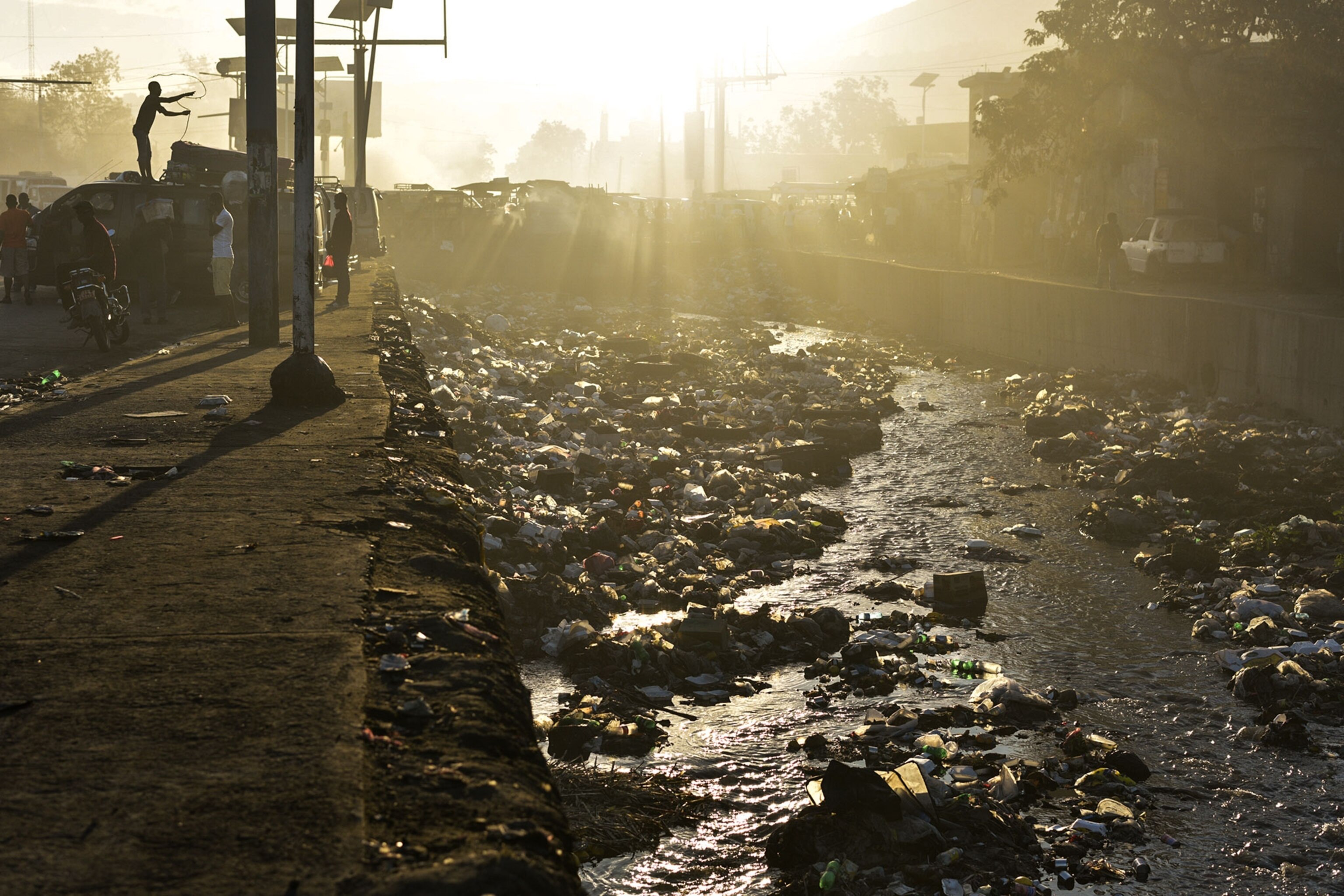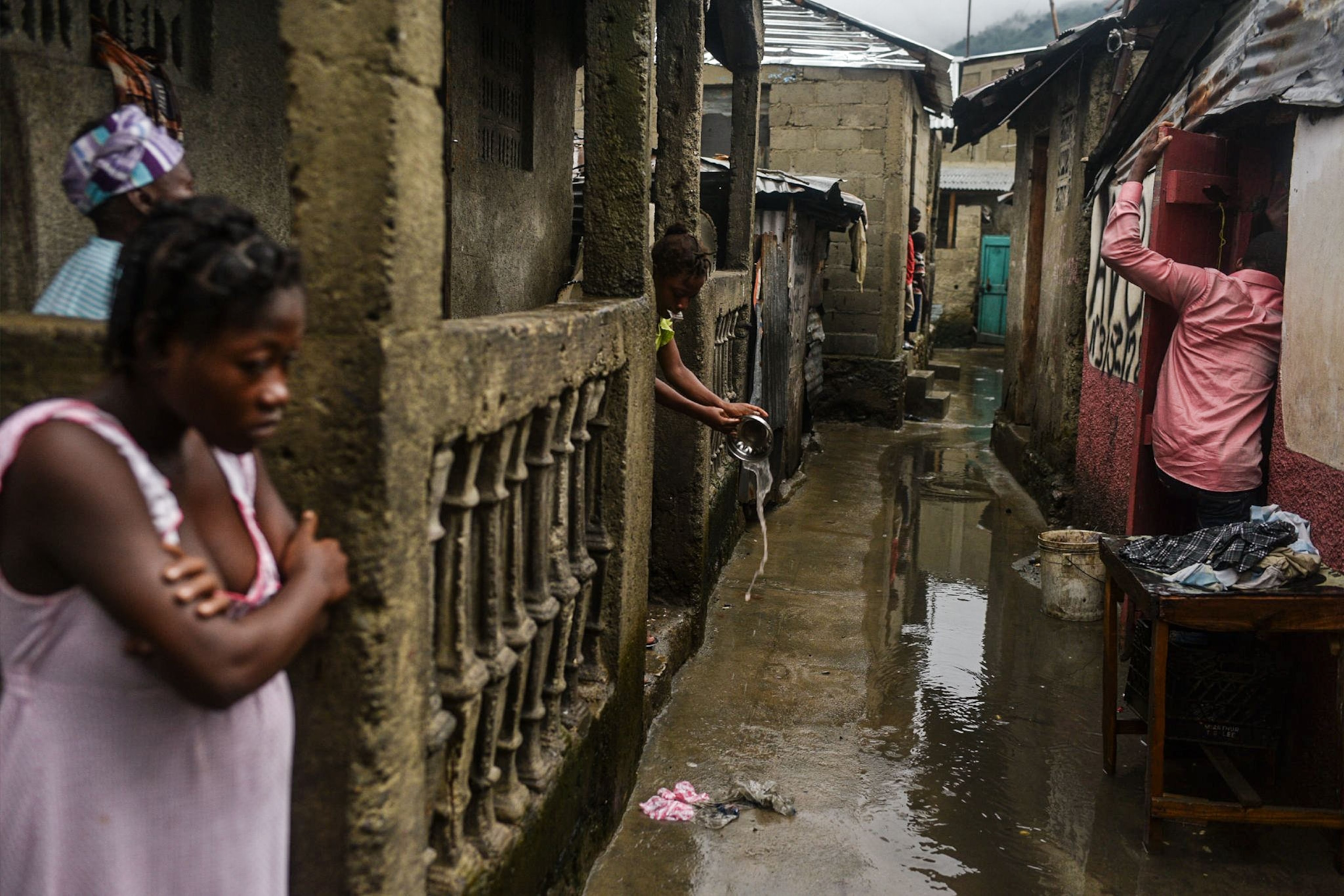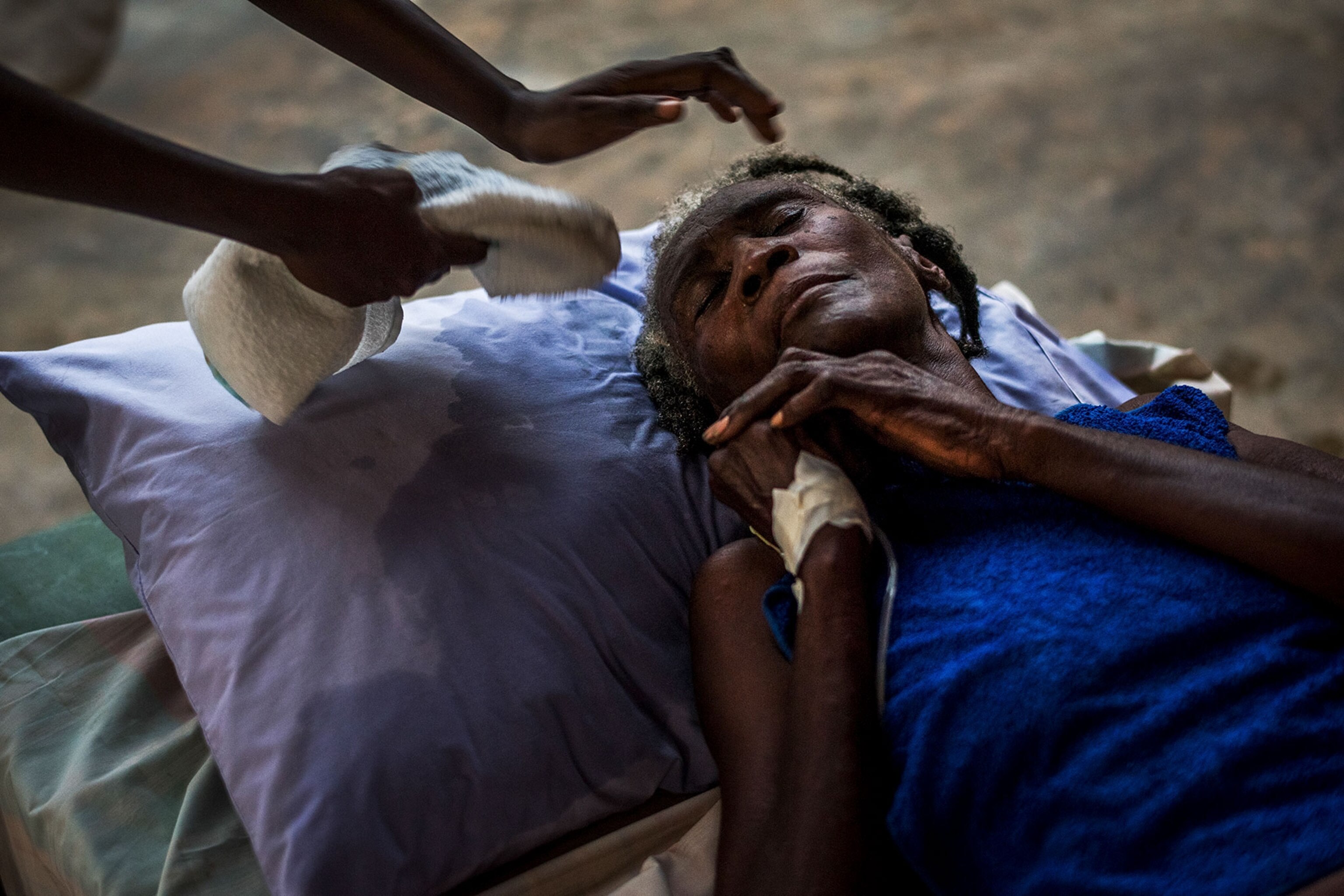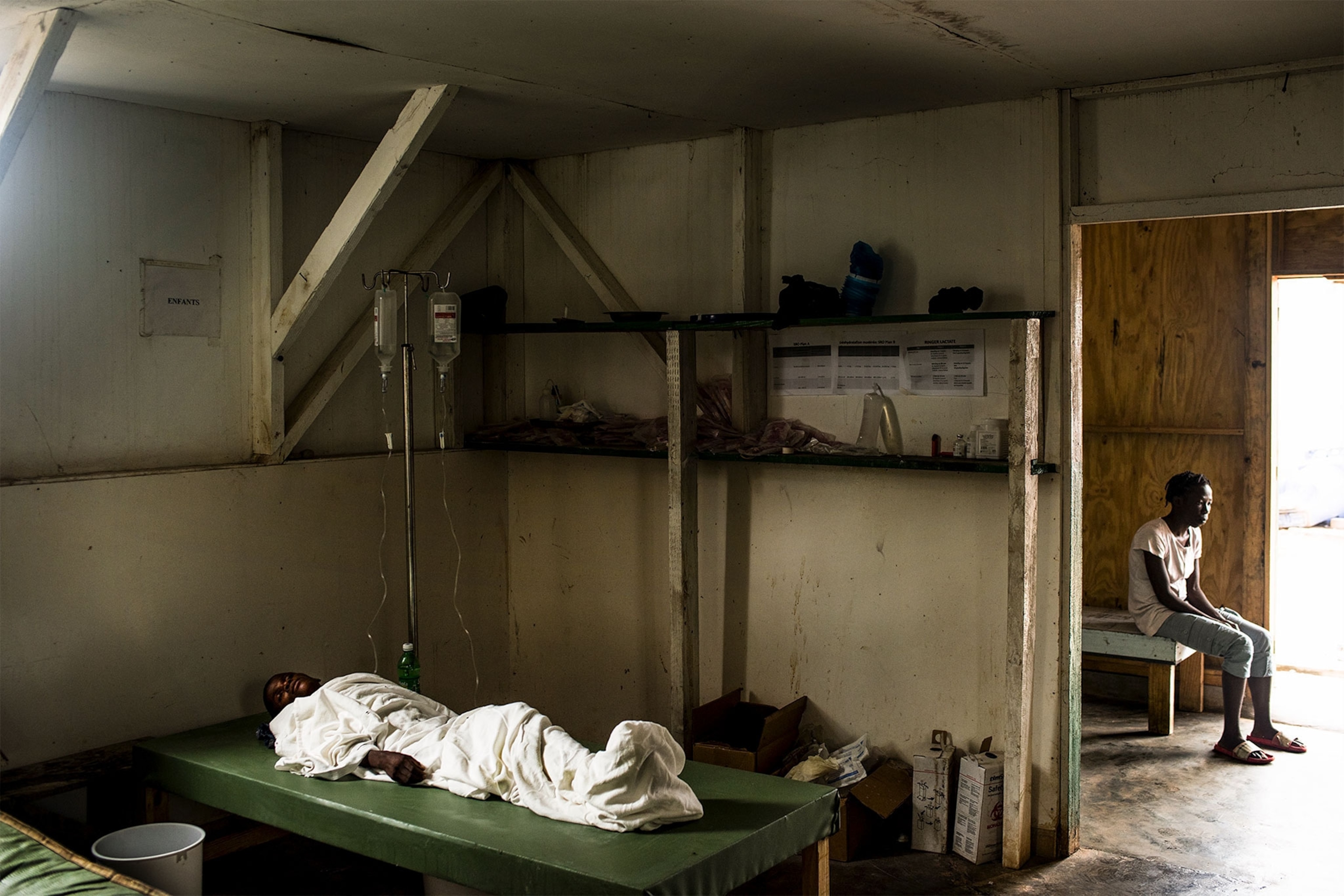
Inside the Hidden Dangers of Life Without Toilets
When photographer Andrea Bruce arrives in a new place, she has a list of questions she asks herself which act as a barometer for how developed a country is: “What do their roads look like?” and “What do their daughters want to be when they grow up?” After a recent assignment for National Geographic magazine about the global problem of open defecation, Bruce added a new question to the list: “Do they have toilets?”
“You can really tell where a country’s priorities are just by seeing what bathrooms in public schools are like,” says Bruce.
A story on the problem of people defecating without toilets wasn’t the type of assignment she was ever expecting to get from National Geographic, but she soon realized that, in terms of global significance, this wasn’t unlike the conflict work she had done in the past.
India
“It’s probably one of the most—if not the most—important topics for humans today,” she says.
Open defecation and lack of access to clean drinking water are the top reasons for child mortality in the world for children under five. It is also a leading cause of rape for women in India, where women in rural areas seeking a private place to relieve themselves go out into the fields alone very early in the morning or at night.
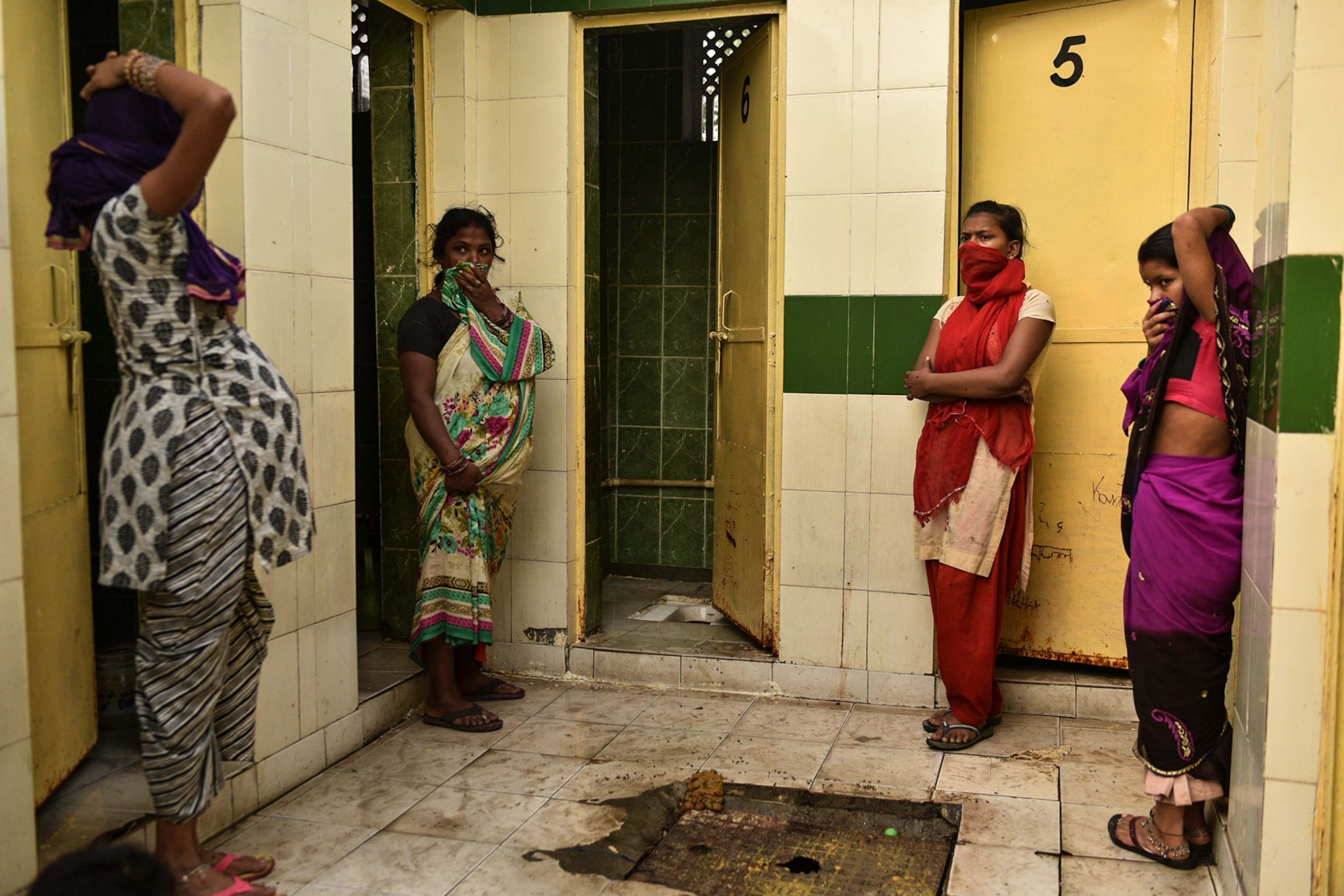
Photographing a story about poop has its own set of challenges for a photographer—finding the balance between complex and nuanced pictures that aren’t overly grotesque and showing simple beauty. But Bruce approached it the same way she does any story: “[I] get involved with people’s lives very intimately, and just follow them…you realized it’s about the shared human experience. So that is the bottom line.”
Bruce travelled to India, Haiti, and Vietnam, lugging around a large-format camera to make portraits of toilets and, as she says, to “show the daily life and similarities between people who live in this situation.”
Each country was grappling with its own set of obstacles and had made varying levels of progress when it came to solving the problem of open defecation.
In India, where Bruce spent the most time, there was a paradox between governmental action and inaction. The country has promised 100 million toilets to its residents by 2019. But promising a toilet is only part of the solution, says Bruce. “They also have to convince people that having a working toilet is important and tell them why” and get them to use it.
Vietnam
Vietnam turned out to be a success story in terms of the issue but tough in terms of access. “People aren’t very open and they’re very suspicious of cameras…so you really have to spend a lot of time with them to get them to understand the story that we’re working on.” Nevertheless, once people did open their doors, Bruce was pleased with what she saw. “You could see the schools all have toilets, and open defecation doesn’t happen as much in Vietnam as it did 10 years ago.”
Perhaps the most challenging event to photograph for Bruce was in Haiti, where groups of Haitians share toilets which then need to be cleaned out by hand a couple of times a year. The people charged with this task are known as bayakou but Bruce refers to them as “the sanitation superheroes of Haiti.”
The bayakou work at night, when their identities were easier to conceal and the smell is less intense.
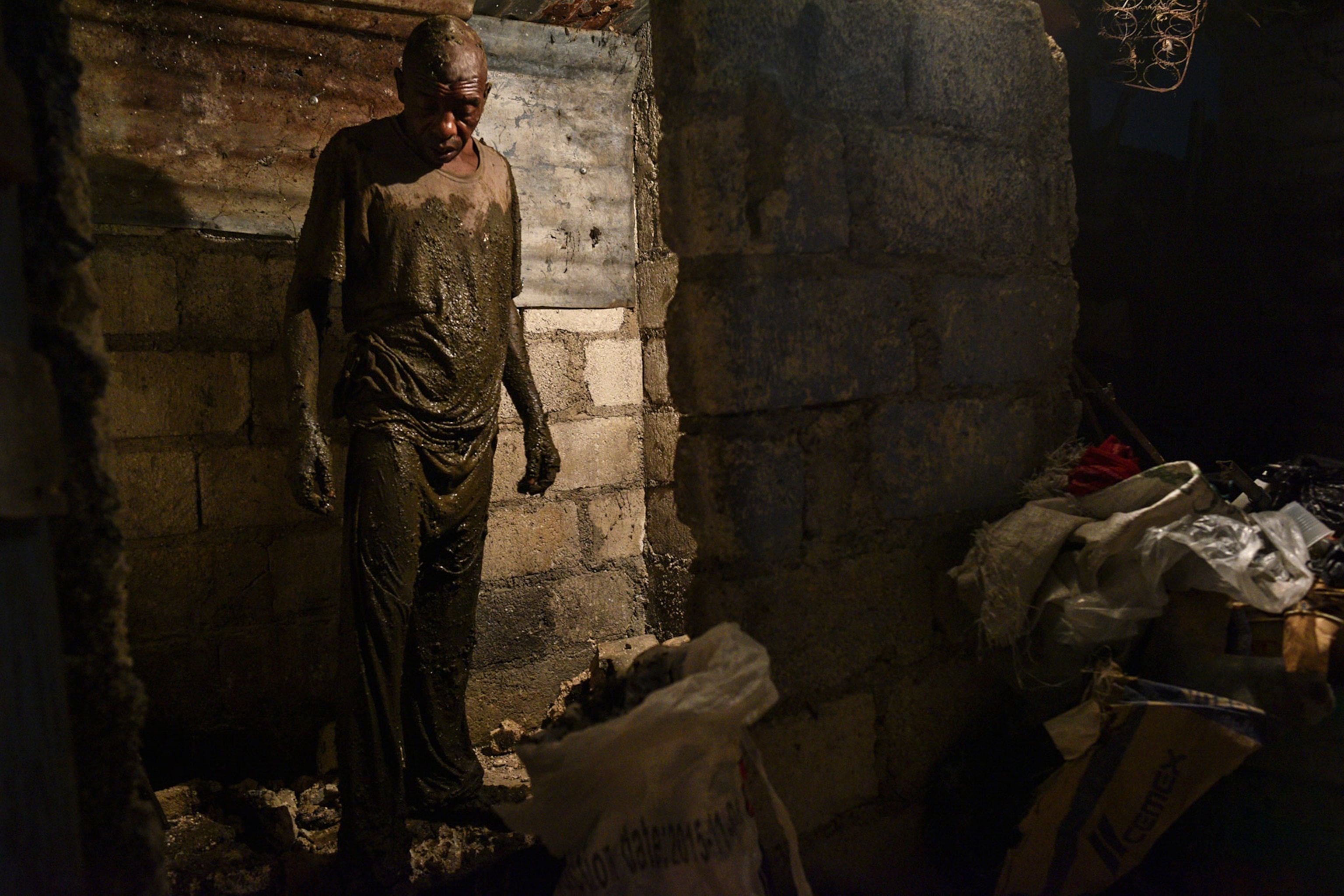
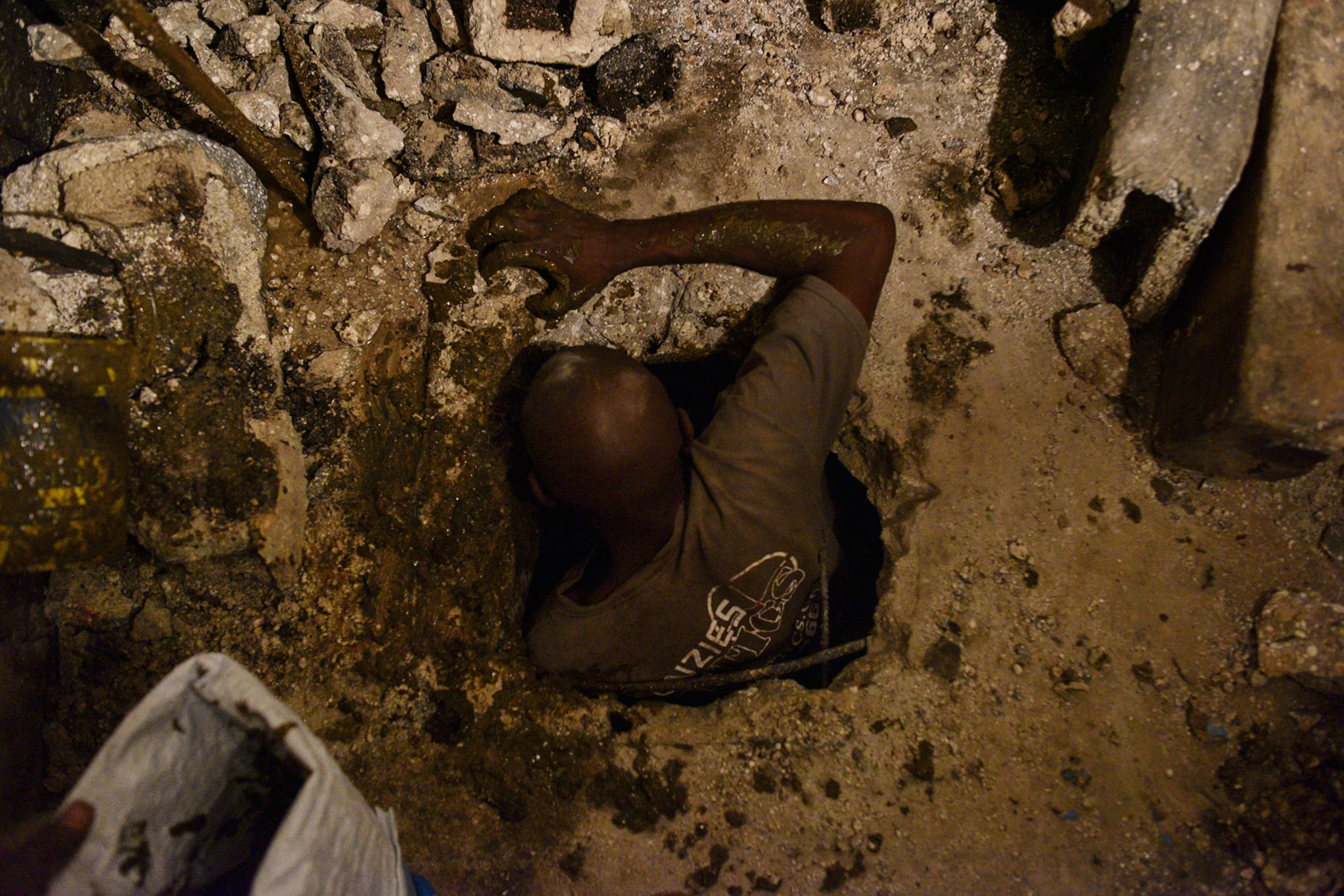
“Everyone hates them and their identity is shielded from the public for the most part because they represent the problem that Haitians haven’t been able to figure out— how to take care of overflowing toilets in their backyards.”
It took three to four months for Bruce to convince one of the bayakou to take her with him. For five hours, Bruce photographed a man “immersed head-to-toe in sewage of different sorts, and his eyes would barely open by the end of it. They were just kind of swollen shut.”
Haiti
When she first arrived to Haiti, she came prepared with all sorts of protective gear and clothing, but when it came time to work with the bayakou, she ditched everything she brought. “For me to sit there [in Haiti] and cover my face to shield from the smell [when photographing the baykou] would have shown them that I don’t respect or appreciate what they’re doing. I will do what they do, and I will not make it shameful.”
(Go inside Haiti's cholera epidemic following Hurricane Matthew.)
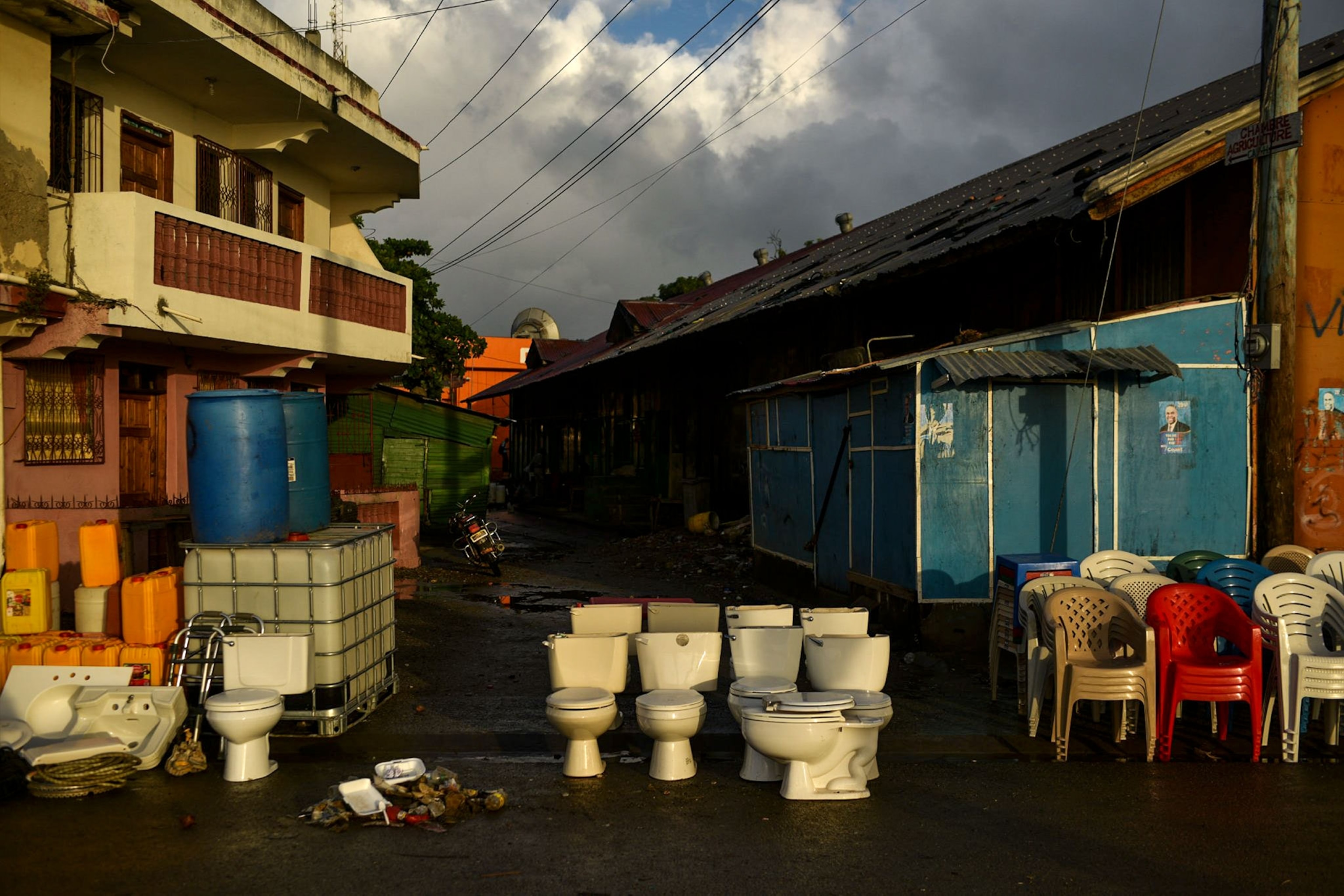
By the time her documentation reached an end, she acknowledged that the reason the problem could still exist on this scale is because it’s not something people want to think about. “It’s not something beautiful. It’s something people would rather forget is an issue, and that’s probably the biggest reason why it’s a problem all over the world.”
Andrea Bruce is a photographer for National Geographic. You can see more of her work on Instagram.

